Research Activity
Simulations, Materials, Theory and:Yambo
these four areas well represent the numerous theoretical / computational activities of the Theory and Simulation laboratory. These activities cover a wide spectrum of dynamics simulations and characterization of various types of phenomena and materials. The various expertises of the laboratory components range from the use of advanced theories to the development of advanced numerical simulation codes. This variety allows the laboratory to study and predict the equilibrium and / or excited state properties of a system both in a steady-state and out of equilibrium state. The laboratory's activities are thus on the border of the most advanced applications and theories as demonstrated by both the existing collaborations and the numerous publications. The laboratory is also in constant contact with external collaborators and experimental groups, to which it offers calculation and simulation services, also with the support of European user infrastructures. Among these services, the Yambo project, which is today a scientific code known worldwide, entirely developed by the institute, with a decennial history of schools and development, should be mentioned.
Simulation and analysis
This activity of the Simulation & theory laboratory involves numerous researchers, interested in theoretical studies as valid support in the analysis and understanding of experimental results. Theoretical studies can be applied to photoemission spectroscopy, core spectroscopy (reproducing XPS spectra), to RAMAN, IR, TR-ARPES spectroscopy and to surface spectroscopies (reproducing optical and electronic properties of materials). The use of different calculation methods allows obtaining useful and comparable information with experimental results: the ability to relate theoretical calculations with experiments is the common element within the laboratory activity. The research products highlight the most varied applications and the laboratory's ability to fit into ever-changing areas.
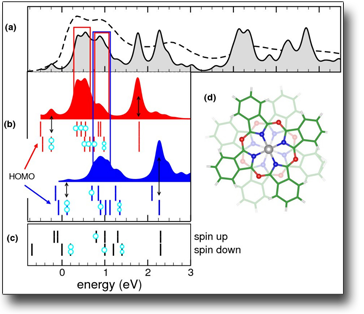 Image reproduced with permission from the PCCP Owner Societies
Image reproduced with permission from the PCCP Owner Societies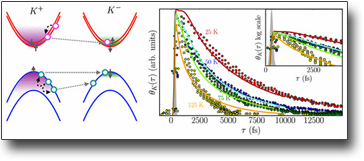
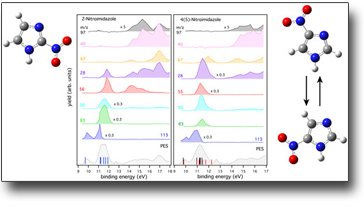 Image reprinted with permission. Copyright 2019 American Chemical Society
Image reprinted with permission. Copyright 2019 American Chemical SocietyMaterials
The ISM Theory and Simulation Laboratory has acquired specific expertise in several fields of technological interest and materials-driven research. This involves application of the technical skills and know-how described in Simulation and Analysis to systems of interest to the Institute or to our many collaboration partners, or simply by facing new challenges in material science. Topics range from crystalline, amorphous and defected materials through to soft matter, nanostructures and molecular systems. These include, but are not limited to, dilute magnetic semiconductors; hydrogen-doped crystals; surfaces, organic and inorganic interfaces, 2D and layered materials; amorphous (hydr)oxides; photonic crystals of unidimensional isotropic/uniaxial lattices; and superconductors.
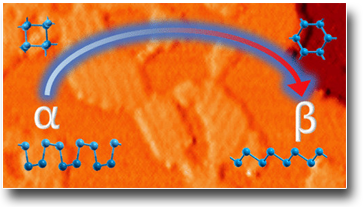 Image reprinted with permission. Copyright 2019 American Chemical Society
Image reprinted with permission. Copyright 2019 American Chemical Society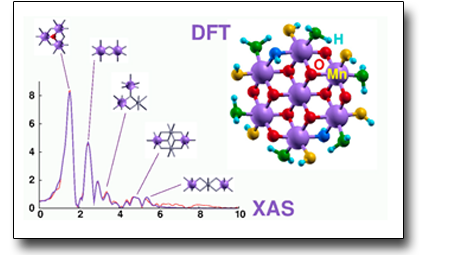 Image reprinted with permission. Copyright 2019 American Chemical Society
Image reprinted with permission. Copyright 2019 American Chemical Society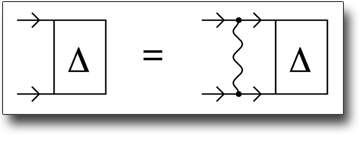
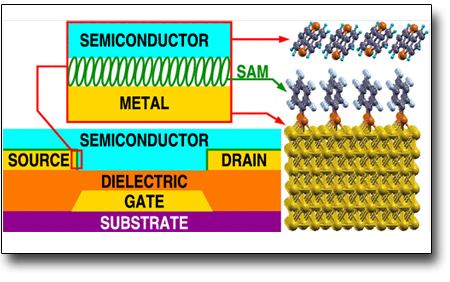
Novel/Advanced Phenomena and Theory
The research activity along this topic is devoted to explore and to model new phenomena in the frontiers of physics and chemistry. Examples of this line are: i) the modelling of structural and dynamic properties at atomistic level using simulations conducted on in-house hardware, based on Classical Molecular Dynamics and X-ray/Neutron scattering driven Reverse Monte Carlo; ii) the modelling of generation of hot-phonons by ultrafast pump-probe experiments in complex materials; iii) the study of quantum reactivity in ultra-cold conditions using non-adiabatic wave packet dynamics and hyperspherical ab-initio dynamical methods.
YAMBO
Yambo is an open source project aimed at studying excited state properties of condensed matter systems from first principles using many-body methods. As input, yambo requires ground state electronic structure data as computed by density functional theory codes such as Quantum ESPRESSO and Abinit. yambo’s capabilities include the calculation of linear response. Quantities quasi-particle corrections based on the GW formalism, optical absorption, and other spectroscopic quantities. Recent developments range from the inclusion of important but often neglected physical effects such as electron–phonon interactions to the implementation of a real-time propagation scheme for simulating linear and non-linear optical properties. Yambo is coded with an efficient parallel structure that makes it possible to exploit modern high performance computing architectures and GPU cards. Finally it is possible to automate workflows by interfacing with the yambopy and AiiDA software tools.
Equipments
- Gromacs-dedicated workstation with two 8C (Xeon E5-2630 v3) and four GTX980 GPUs.
- EPSR (RMC)-dedicated workstation with 12C.
- 9-nodes HCP cluster (Dual Xeon E5-2683 v2): InfiniBand connected, 256C.
- 48C Xeon Quantum Chemistry dedicated server
- 4 Xeon based standalone servers
- Distributed file system resources
Collaborations
- Structural & Electronic Surface Dynamics group, Berlin (Germany), time-resolved ARPES.
Universita’ di Roma Tor Vergata, Prof. G. Stefanucci e E. Perfetto.
Femtosecond laser laboratory (STRATUS), Politecnico di Milano, Prof. G. Cerullo. Time resolved absorption. - Universita' della Tuscia (Viterbo) nell'ambito delle simulazioni di dinamica molecolare di biomolecole complesse in interazione con solventi e substrati. Collaboratore : Stefano Borocci
- Universita' Sapienza, nell'ambito dello studio delle dinamiche di interazione tra ioni radicali e molecole nelle alte atmosfere.
Collaboratori : Antonella Cartoni - Universita’ degli studi di Perugia, reattivita’ quantistica ipersferica di reazioni chimiche elementari.
Collaboratori: Vincenzo Aquilanti e Simonetta Cavalli - Universidad de los Pais Vascos, proprieta’ dei Poli di Regge e effetti di risonanza sulla reattivita’ chimica.
Collaboratori: Dmitri Sokolovski - Universidad Autonoma de Madrid: Superfici di Energia Potenziale fondamentali, eccitate e loro interazioni.
Collaboratori: Alfredo Aguado - Istituto dei Processi Chimico Fisici, CNR Pisa, dinamica non adiabatica con metodi dipendenti dal tempo
Collaboratori: Carlo Petrongolo - ISAS-Berlin; TU-Berlin; Univ. Munster (Germania): assorbimento di carbeni su semiconduttori
Collaboratori: Norbert Esser, Mario Dahne, Frank Glorius - Univ. Giessen; Univ. Paderborn (Germania): Proprieta’ elettroniche ed ottiche di superfici nanostrutturati di Si-Au
Collaboratori: Simone Sanna, Wolf Gero Schmidt - Universita’ di Milano-Bicocca: assorbimento di porfirine su superfici
Collaborators: Marcello Campione, Adele Sassella - Paris Institute of Nanoscience (INSP); Aix Marseille Université: Silicene
Collaborators: Geoffroy Prevot, Yves Borensztein, Laurence Masson
Yambo development
- CNR-NANO Institute, Modena (Italia)
- Atomistic Simulation Centre, School of Mathematics and Physics, Queen’s University Belfast
- International Iberian Nanotechnology Laboratory: Braga (Portugal)
- CNRS / CINaM Aix-Marseille Université.
- Cineca, HPC department
- Theory and Simulation of Materials (THEOS), National Centre for Computational Design and Discovery of Novel Materials (MARVEL), École Polytechnique Fédérale de Lausanne


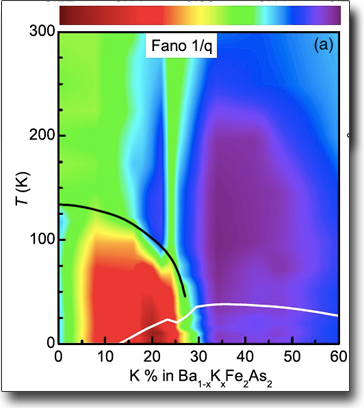 Image © APS
Image © APS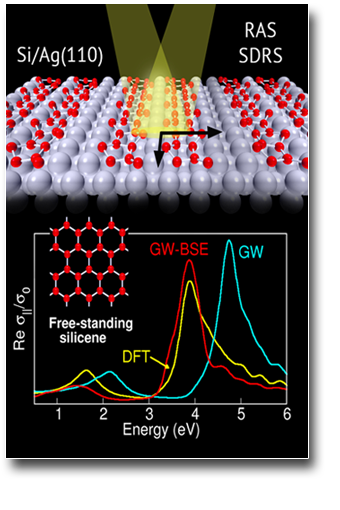
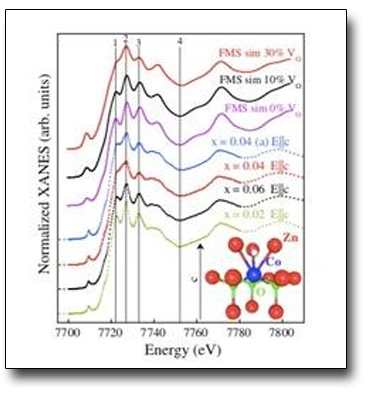 Image © APS
Image © APS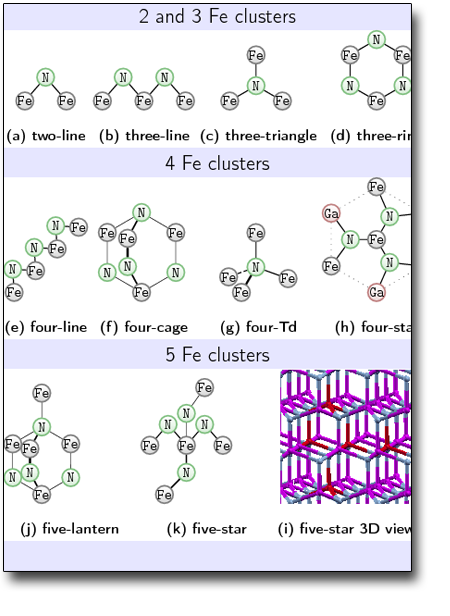
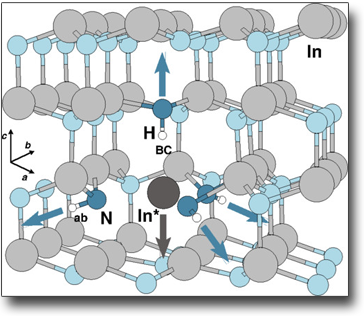
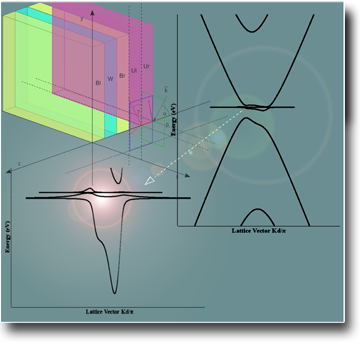
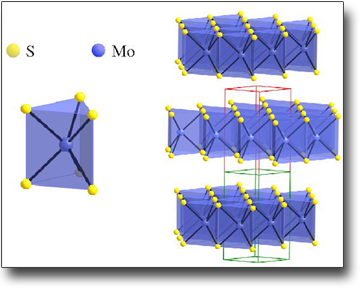
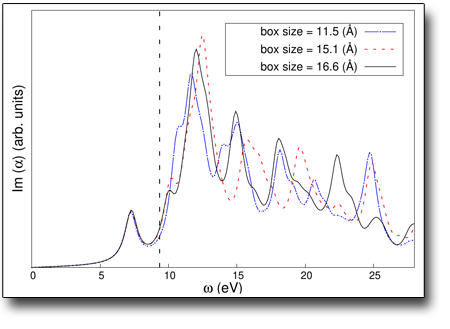
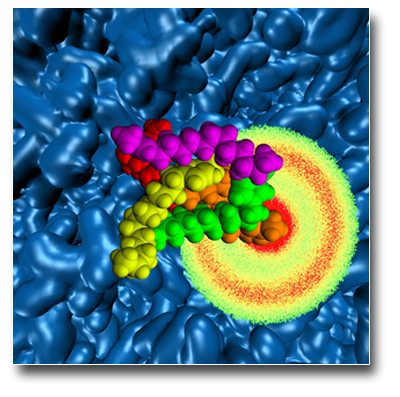
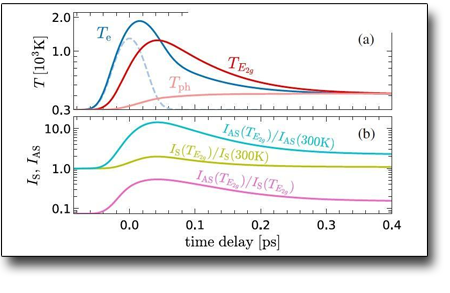
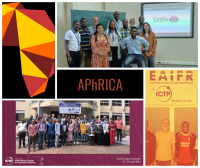 Approved on June 25, 2024, by the CNR Board of Directors, the agreement with ICTP-EAIFR in Kigali (Rwanda) will launch
Approved on June 25, 2024, by the CNR Board of Directors, the agreement with ICTP-EAIFR in Kigali (Rwanda) will launch The controlled formation of stable ordered monolayers of N-heterocyclic olefins on a surface has been demonstrated for the first time.
The controlled formation of stable ordered monolayers of N-heterocyclic olefins on a surface has been demonstrated for the first time. The Computational School on Ab-initio Many-Body Methods and Simulations with the Yambo Code will introduce many-body perturbation theory (MBPT) approaches
The Computational School on Ab-initio Many-Body Methods and Simulations with the Yambo Code will introduce many-body perturbation theory (MBPT) approaches Article published on Advanced Functional Material. In dilute nitride InyGa1−yAs1−xNx alloys, a spatially controlled tuning of the energy gap can
Article published on Advanced Functional Material. In dilute nitride InyGa1−yAs1−xNx alloys, a spatially controlled tuning of the energy gap can English (UK)
English (UK)  Italiano (Italia)
Italiano (Italia)